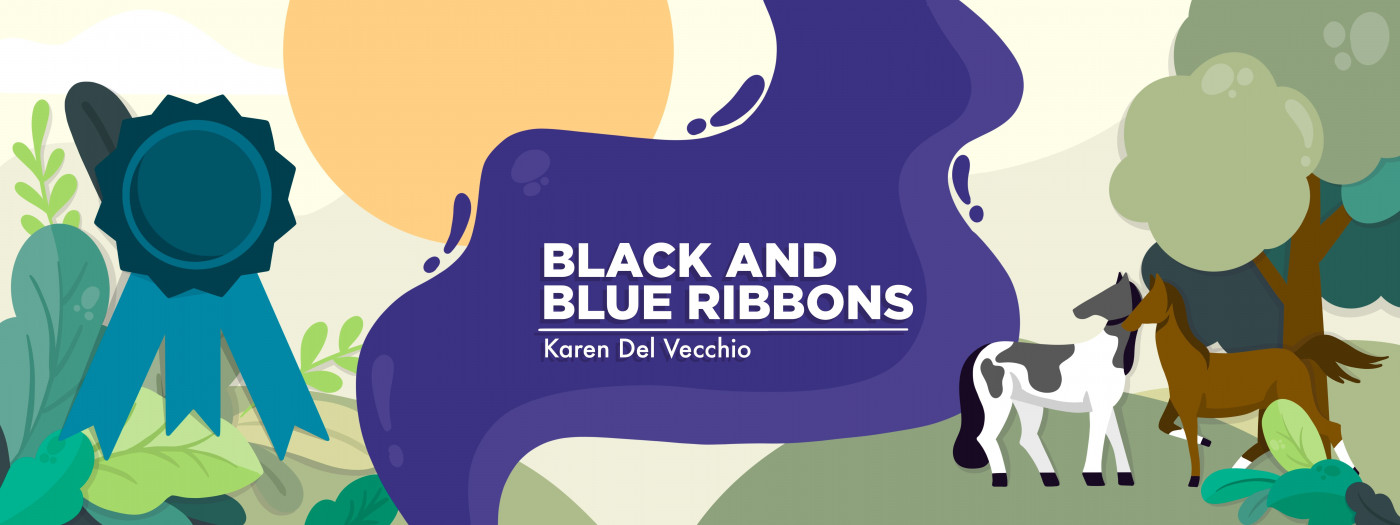Balancing My New Diet With EDS Fatigue and Nutritional Needs
A dietary change causes an unexpected issue for columnist Karen Del Vecchio
Written by |

As I wrote in my last column, I’ve learned that I can’t eat any mammalian products, as they make me quite sick. I’ve never been a big meat eater, so giving up steak and whatnot really wasn’t hard for me. I’ve since found, however, that many meat and dairy derivatives are hiding in everyday products, which has removed many options from my daily menu.
When I was starting to figure out my new diet several months ago, it didn’t seem too complicated. Just avoid what I can’t eat. Simple, right? But then I noticed that I seemed extra tired. And as someone who already deals with chronic fatigue because of my Ehlers-Danlos syndrome (EDS), this was definitely something I needed to sort out right away.
As I started to analyze what I was eating, one thing became clear: I wasn’t getting enough protein. Honestly, I’d never paid attention to my protein intake before; I simply got a sufficient amount by eating a regular, balanced diet. Suddenly, with so many foods cut, I wasn’t getting anywhere near the amount of protein that my body needed. And that in turn meant I didn’t have the fuel I needed to stay energized throughout the day.
Now, I try to plan what I’m eating, at least roughly, in any given week. I have to pay attention to ensure I get enough protein every day, whether it’s through a protein powder, supplement, or the foods themselves. I’ve found a variety of recipes for oatmeal and granola bars (this recipe is my favorite — super-versatile and easy!) that are great for breakfast and naturally have protein, but I can also add a scoop or two of vegan protein powder if I feel I need an extra bump.
For lunch, I’ll often have hummus, salad topped with nuts and seeds or some chicken for a protein boost, or occasionally a sandwich. Fruit is always a given, but that doesn’t help my protein intake! For dinner, I’ll often have chicken, tofu, or a vegan meat substitute to round out my protein for the day.
I’d never eaten much tofu before, but I’ve found that it’s pretty easy to work with and basically takes the flavor of whatever you cook it with. It doesn’t have the texture or taste of meat, but if that’s not what you’re going for, it can be pretty good tossed in a stir-fry or similar dish.
Changing my diet so significantly and quickly has been challenging, but as time goes on, I’m finding that it’s usually not difficult, as long as I plan ahead. Since I’ve been focused on making sure I eat enough protein, I’ve found that my energy levels are higher, and I’m not exacerbating my usual battle with EDS fatigue. As an added bonus, I feel so much better because I’m not eating foods that set off my inflammatory response, cause me pain flares, and generally make me feel miserable.
Note: Ehlers-Danlos News is strictly a news and information website about the disease. It does not provide medical advice, diagnosis, or treatment. This content is not intended to be a substitute for professional medical advice, diagnosis, or treatment. Always seek the advice of your physician or another qualified health provider with any questions you may have regarding a medical condition. Never disregard professional medical advice or delay in seeking it because of something you have read on this website. The opinions expressed in this column are not those of Ehlers-Danlos News or its parent company, Bionews, and are intended to spark discussion about issues pertaining to Ehlers-Danlos.





Mischa Brown
This is very insightful and helpful. I also need to focus on the amount of protein, complex carbs and fiber that I eat. This has helped me to sleep better, improve my digestion, and have more energy.
Maryb
This article doesnt even touch on the dietary challenges & needs of a celiac patient also having ehlers danlos.